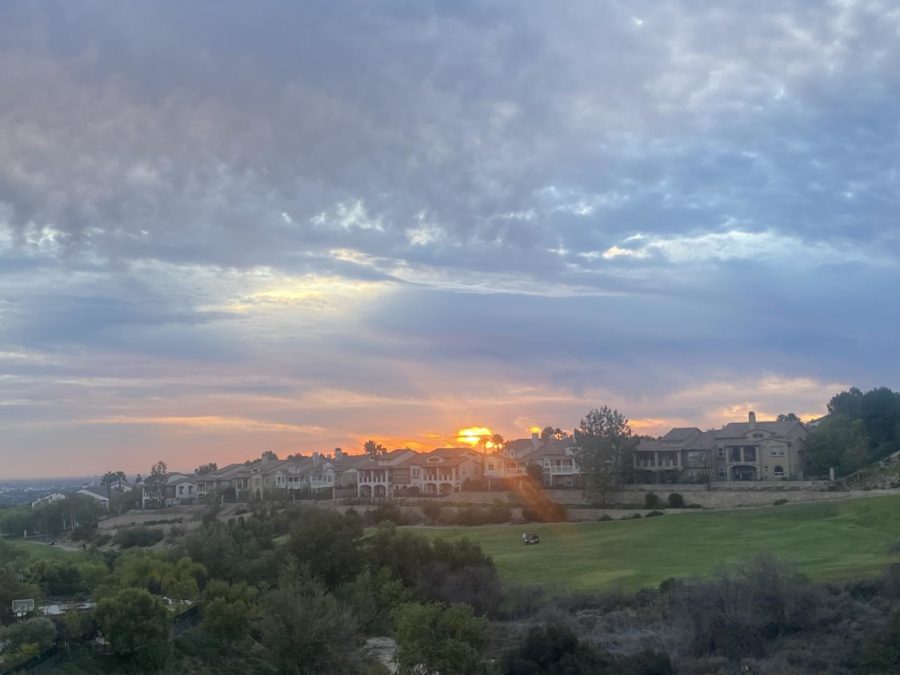Why Do We Have Daylight Saving Time?
January 4, 2023
Daylight Saving Time (DST) is something that many people have grown to dislike and wonder the reason it still exists. After this year, Daylight Saving Time is proposed to be over.
The Sunshine Protection Act would permanently end Daylight Saving Time. The act was proposed by Marco Rubio in 2018. In March of 2022, there was a unanimous vote in the Senate for the act. All states will be participating in the act, except for Hawaii and parts of Arizona. It is scheduled to start on November 5, 2023, but it may be pushed back to 2024 depending on certain scenarios. Many students at YLHS are happy about this, and Ashley Chavez (9) explains, “I love that Daylight Saving Time could be ending. It always makes my sleep schedule messed up.”
Daylight Saving Time began on July 1, 1908 in Canada when people living in Port Arthor, Ontario set their clocks forward an hour from standard time. This was the first time in the world that the DST period occurred. After this, more places in Canada followed—including Thunder Bay, Ontario, Winnipeg, Manitoba, and Brandon, Manitoba. This stayed mainly national, and started to catch on around the world when Germany adapted it in 1916. The German Empire and Austria both started DST two years into World War I to save fuel on artificial lighting. After only a few weeks, the United Kingdom and France used DST also. After the war, most countries reverted to their standard time, until World War II for the same purpose.
I love that Daylight Saving Time could be ending. It always makes my sleep schedule messed up. — Ashley Chavez (9)
George Vernon Hudson, a New Zealand scientist, and William Willett, a British builder, invented Daylight Savings in 1895 when they proposed the idea of moving the clocks forward 2 hours in October and backwards 2 hours in March. Though people took some interest in their idea, no one ever followed through. Later, in 1905, Willett independently decided that there should be a time change of 20 minutes every Sunday in April and 20 minutes every Sunday in September. A man named Robert Pearce, a member of the British Parliament, became very intrigued in Willett’s idea and further introduced a bill to the House of Commons in February of 1908. The first of the bill was drafted in 1909 and majorly opposed by farmers and many others. The opposition prevented the bill from becoming law. A year after Willett died (1915), the United Kingdom started DST.
Today, Daylight Saving Time is used in over 70 countries around the world. On March 15, 2022, the Senate proposed the Sunshine Protection Act. This act states that all countries go permanently into DST in November of 2023, being one hour later than standard time. States that passed the legislation will participate in this act. States that have voted against Daylight Saving Time previously include Colorado, Alabama, Georgia, Mississippi, Montana, Idaho, Louisiana, Ohio, South Carolina, Utah, Wyoming, Delaware, Maine, Oregon, Tennessee, Washington, and California. The act still needs to go through the House of Representatives and to the president, so it is not a law yet.






















